The Jaguar C-Type (also called the Jaguar XK120-C) is a racing sports car built by Jaguar and sold from 1951 to 1953. The “C” designation stood for “competition”. The car used the running gear of the contemporary XK120 in a lightweight tubular frame and aerodynamic aluminium body. A total of 52 C-Types were built.
The road-going XK120’s 3.4-litre twin-cam, straight-6 engine produced between 160 and 180 bhp. The version in the C-Type was originally tuned to around 205 bhp. Later C-Types were more powerful, using triple twin-choke Weber carburettors and high-lift camshafts.They were also lighter, and from 1952 braking performance was improved by disc brakes on all four wheels. The lightweight, multi-tubular, triangulated frame was designed by Bob Knight. The aerodynamic body was designed by Malcolm Sayer. Made of aluminium in the barchetta style, it was devoid of road-going items such as carpets, weather equipment and exterior door handles.
The C-Type was successful in racing, most notably at the Le Mans 24 hours race, which it won twice.
In 1951 the car won at its first attempt. The factory entered three, whose driver pairings were Stirling Moss and Jack Fairman, Leslie Johnson and 3-times Mille Miglia winner Clemente Biondetti, and the eventual winners, Peter Walker and Peter Whitehead. The Walker/Whitehead car was the only factory entry to finish, the other two retiring with lack of oil pressure. A privately entered XK120, owned by Robert Lawrie, co-driven by Ivan Waller, also completed the race, finishing 11th.
In 1952 Jaguar, worried by a report about the speed of the Mercedes-Benz 300SLs that would run at Le Mans, modified the C-Type’s aerodynamics to increase the top speed. However, the consequent rearrangement of the cooling system made the car vulnerable to overheating. All three retired from the race.
In 1953 a Jaguar C-Type won again. This time the body was in thinner, lighter aluminium and the original twin H8 sand cast SU carburettors were replaced by three DCO3 40mm Webers, which helped boost power to 220 bhp. The most significant change to the cars was the switch to disc brakes. Duncan Hamilton and Tony Rolt won the race at 105.85 mph, the first time Le Mans had been won at an average of over 100 miles per hour.
1954, the C-Type’s final year at Le Mans, saw a fourth place by the Ecurie Francorchamps entry driven by Roger Laurent and Jacques Swaters.
1952 Jaguar C-Type XKC 029
XKC 029 was originally exported via the Californian Jaguar dealer Hornburg to Mexico. It ran in both the 1953 and 1954 Carrera Panamericana races with sponsorship from the state of Mexico ‘Estado de Mexico’ in 1953 and ‘Veracruz’ in 1954, making it the only Jaguar C-Type to have competed on the original Carrera Panamericana. The driver for both years was local legend ‘Paco’ Ibarra and in 1954 he was partnered by Nickey Pinal.
XKC 029 subsequently returned to the UK and was owned by one family for some thirty years.
Highly original throughout, XKC 029 has been returned to its 1954 livery and, as you can see from the photos, looks fabulous. It caused a stir at the 2010 Goodwood Festival of Speed where it was demonstrated on behalf of the owner. It was then invited that August to attend The Quail in California where it won its class.
The 1952 Jaguar C-Type XKC 029 was sold by London-based historic automobile dealer, Fiskens (www.fiskens.com). They currently offer C-Type XKC 030, called the “most competitively campaigned C-type ever and, quite possibly, that of all Jaguars.”
Jaguar C-Type XKC 029 – Photo Gallery (click image for larger picture)
[envira-gallery id=”237591″]
[Source: Wikipedia; photo credit: Tim Scott / Fluid Images]


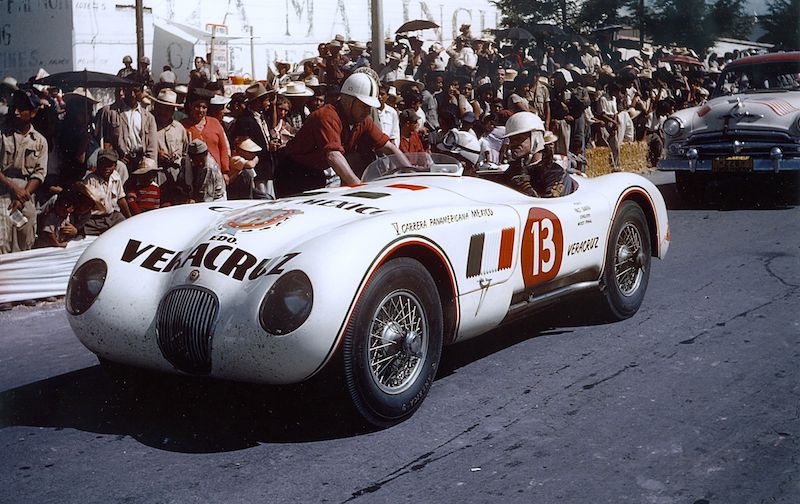
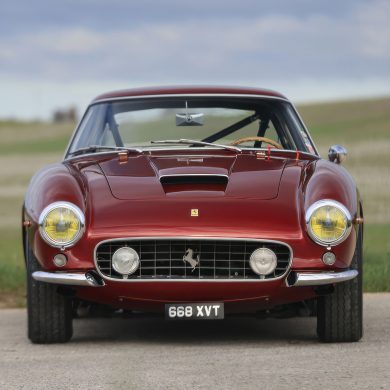
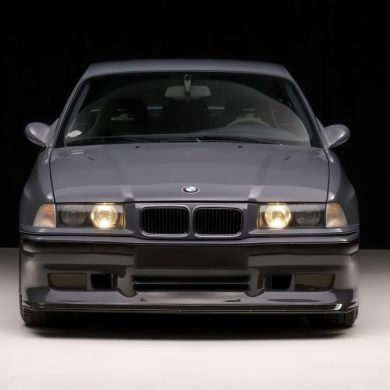

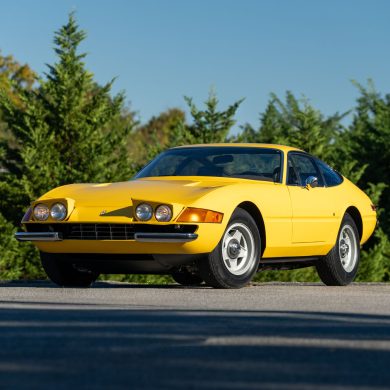
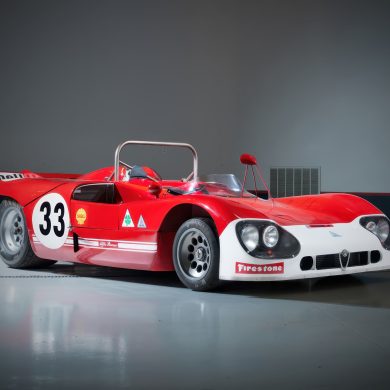
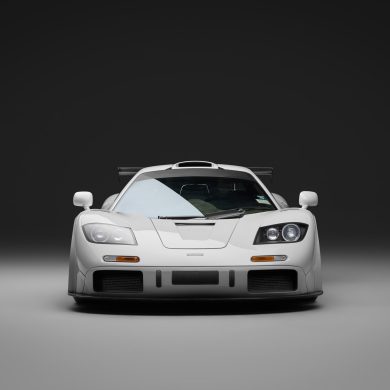


My father in law, G.J, Forsyth owned a C type in New Zealand. He sold it the 1960’s and by all accounts was shipped back to the UK. Does anybody know of it’s history?